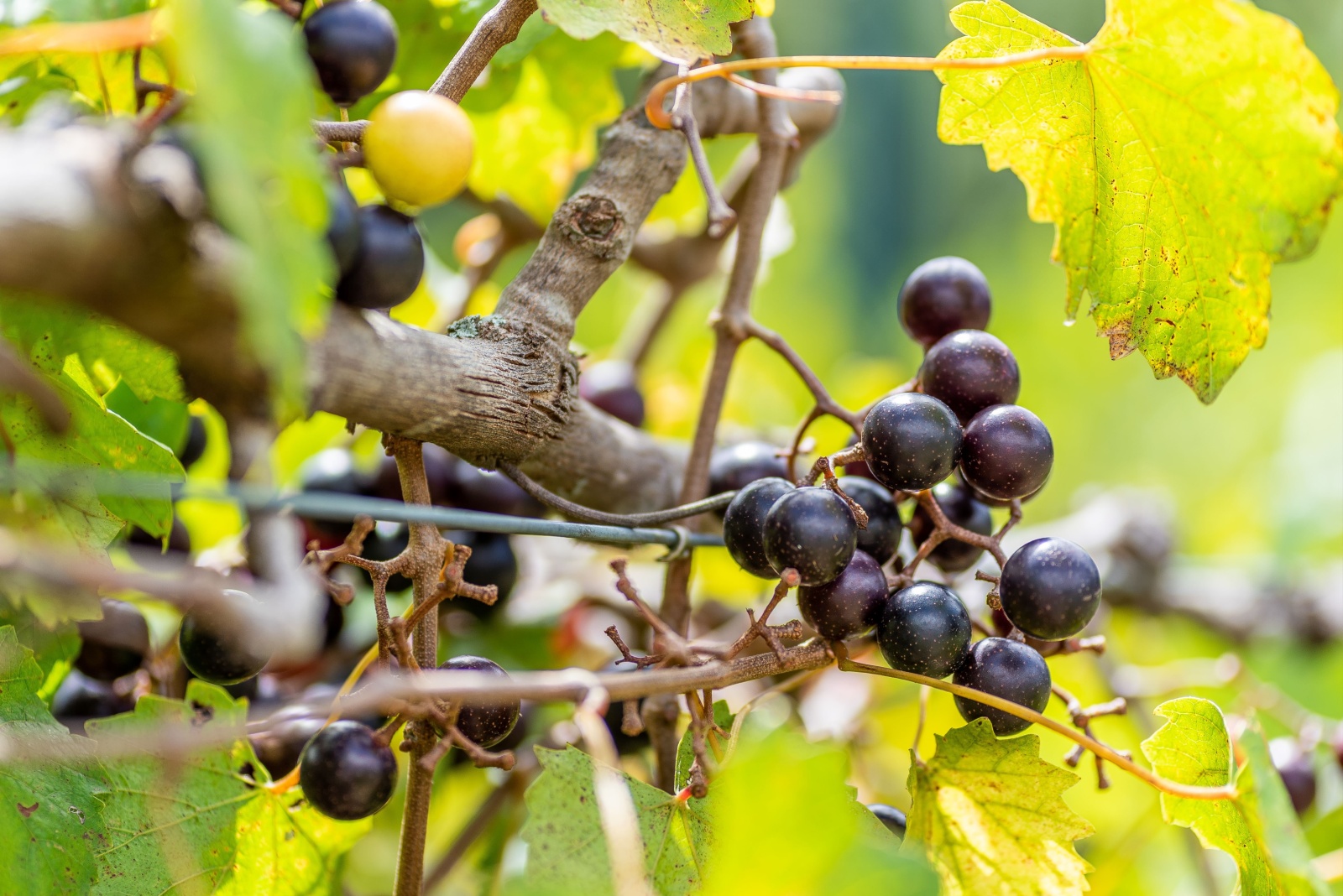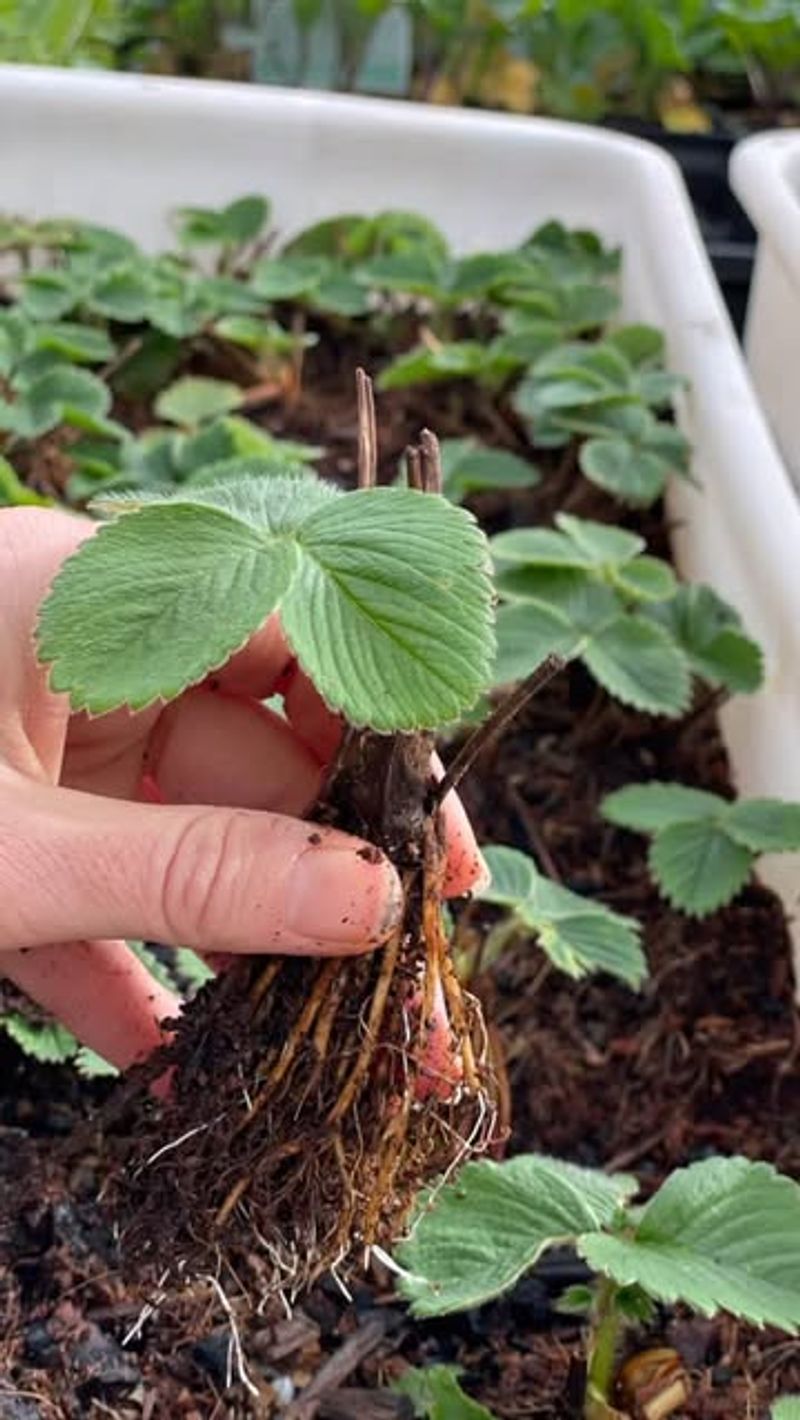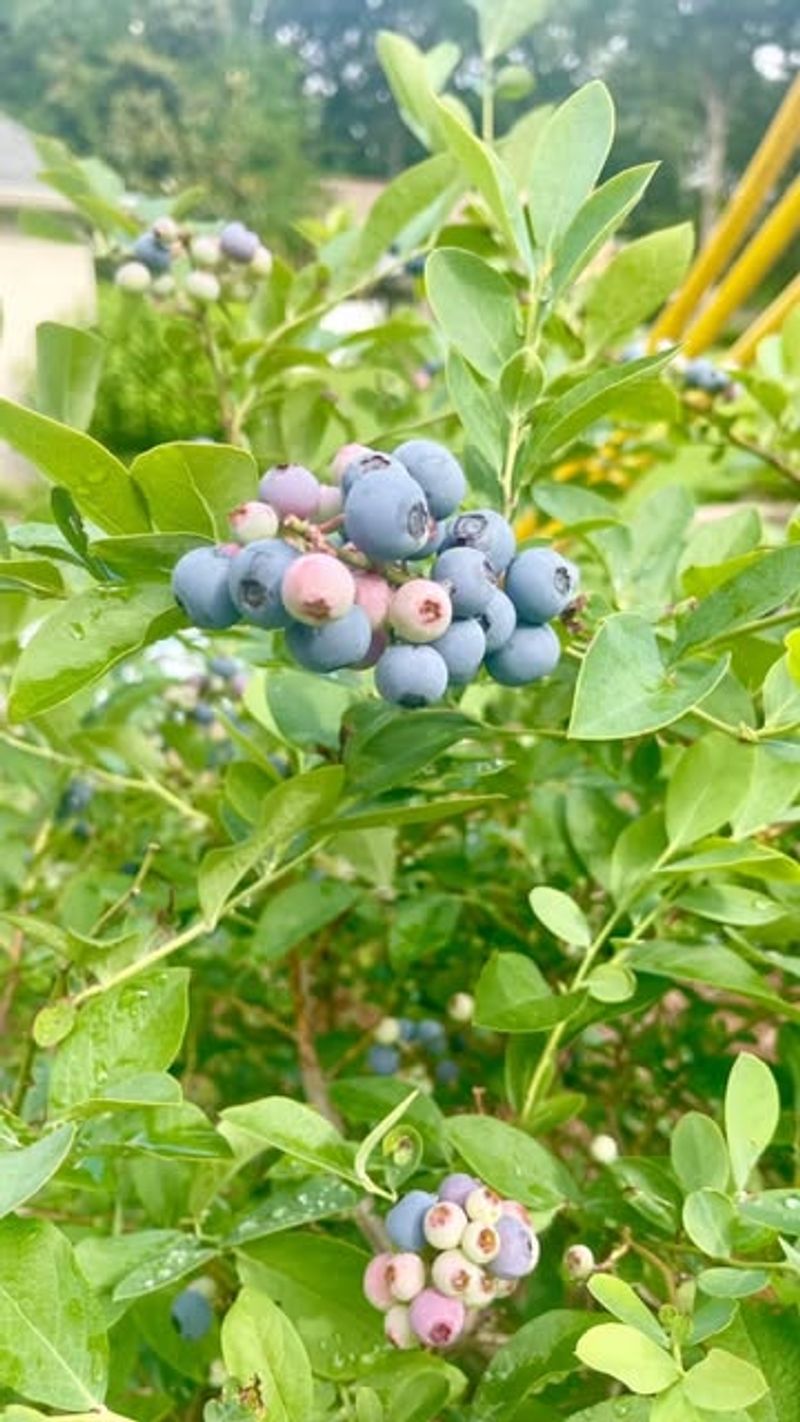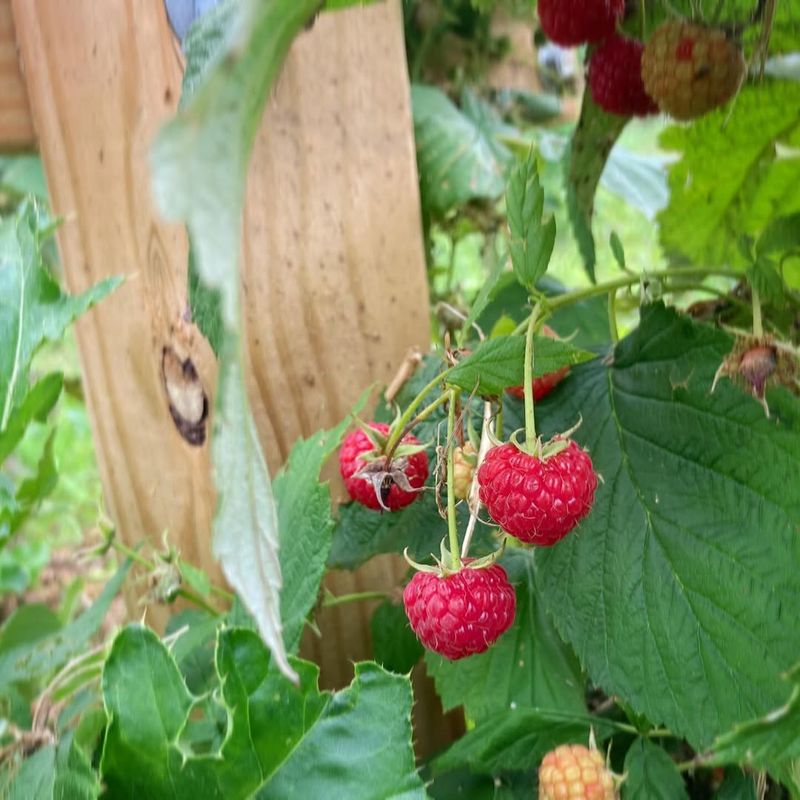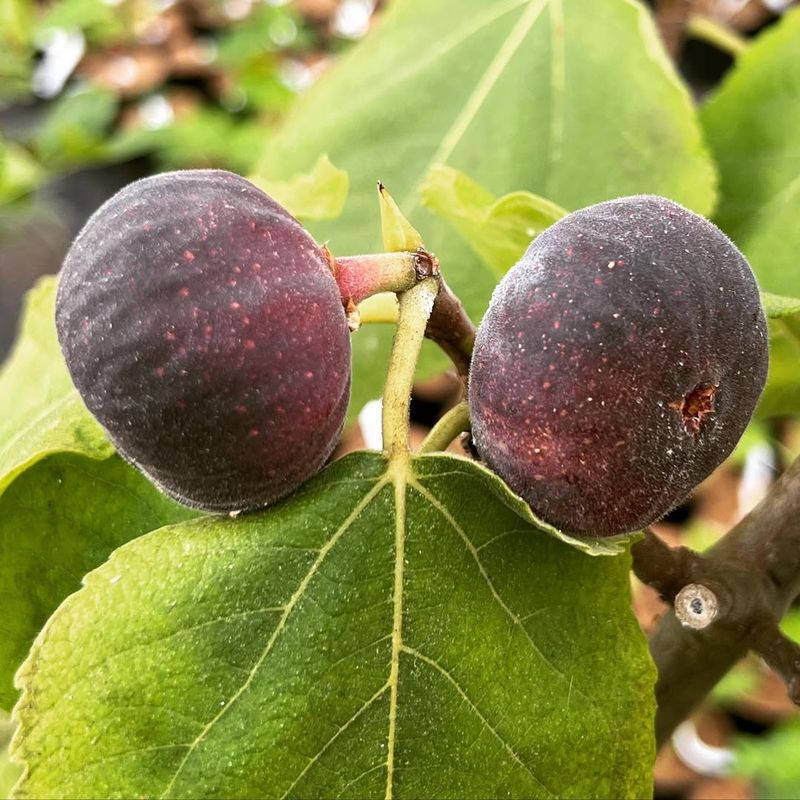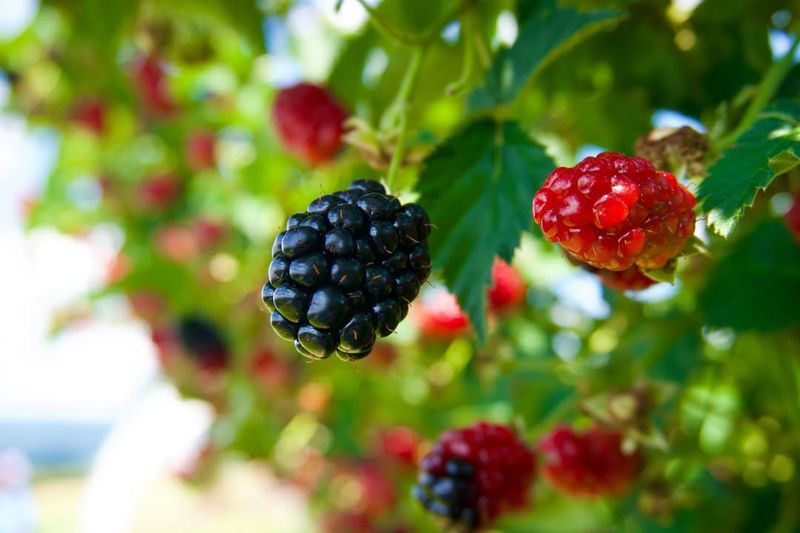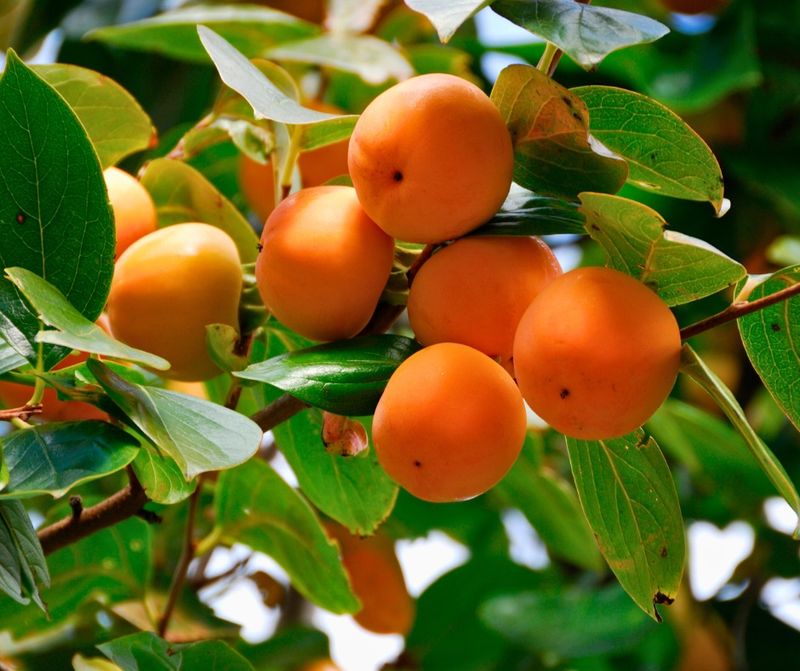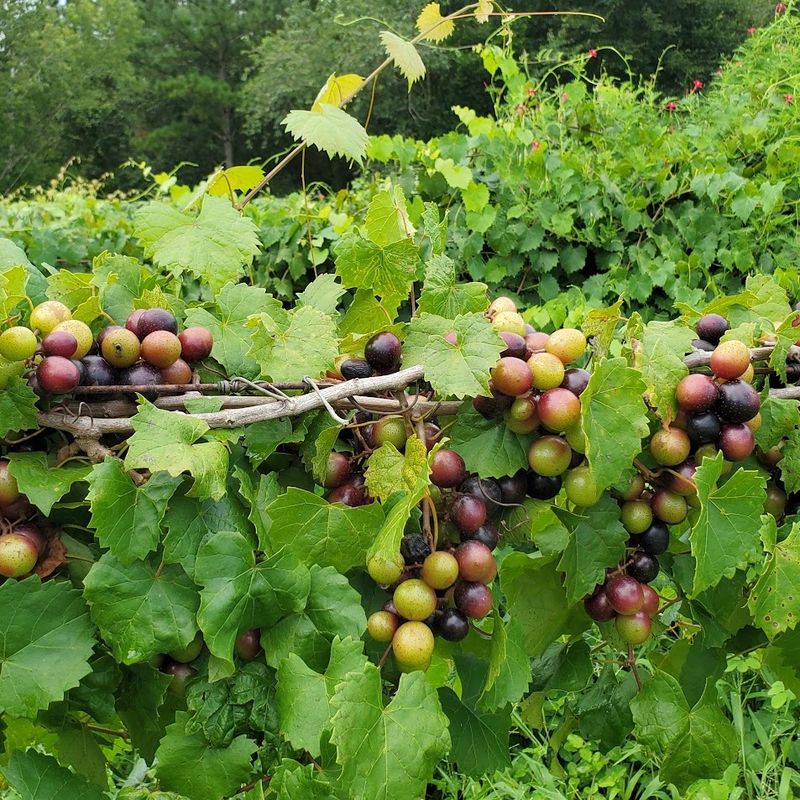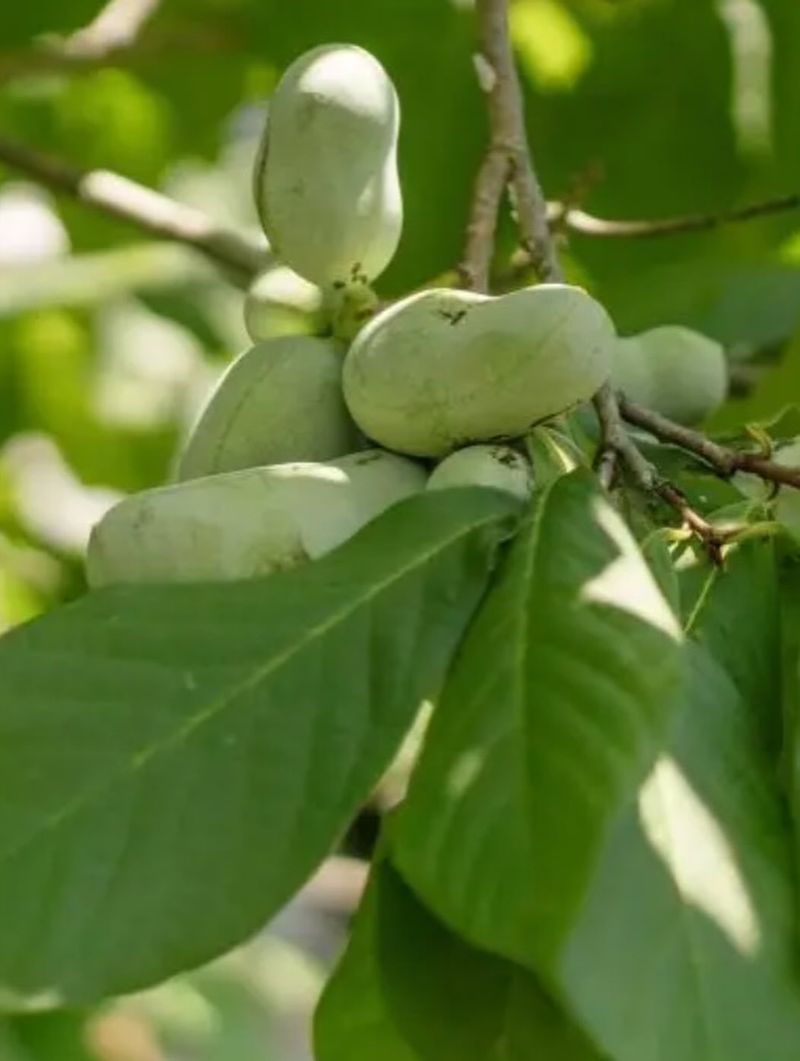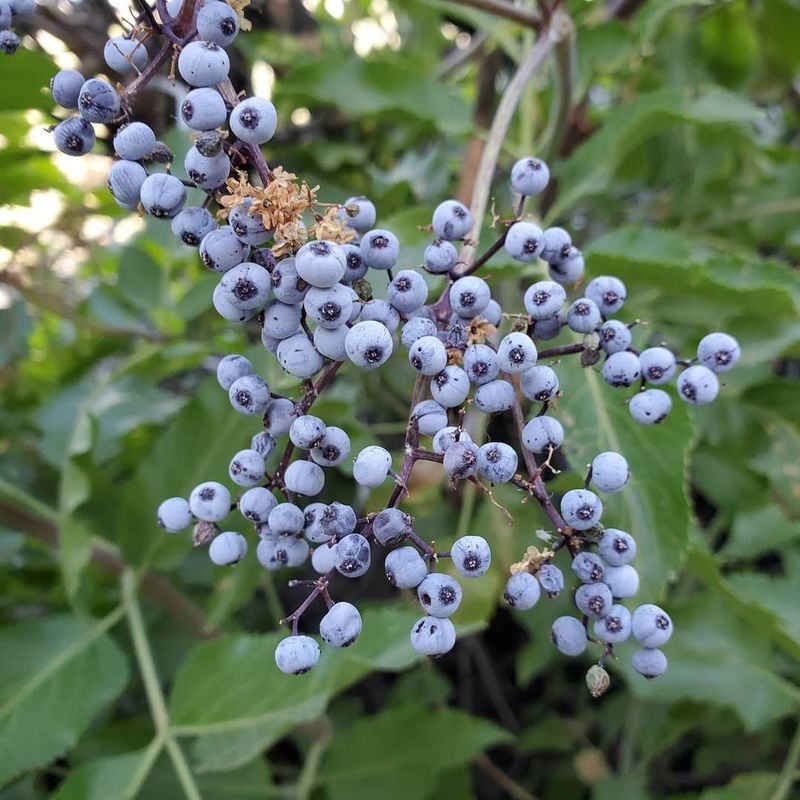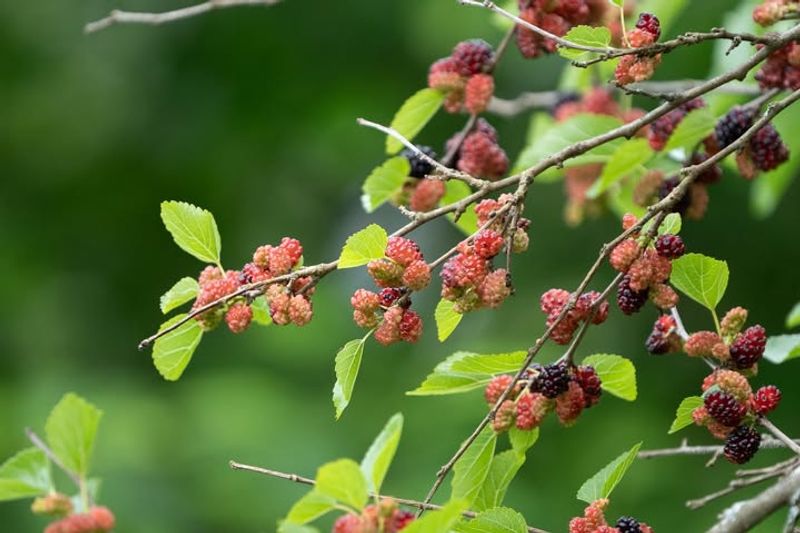Fall is a fantastic time for planting in Arkansas gardens! October offers perfect conditions with cooler temperatures and moist soil that help young fruit plants establish strong roots before winter.
Many gardeners think spring is the only planting season, but these late-season fruit options can give you a head start on next year’s harvest.
1. Strawberries For Sweet Spring Rewards
October is prime time for tucking strawberry plants into Arkansas soil. The cooler temperatures allow roots to develop without the stress of summer heat, creating stronger plants by springtime.
Choose ever-bearing varieties like ‘Ozark Beauty’ that thrive in Arkansas conditions. Plant them 12 inches apart in well-draining soil with plenty of organic matter mixed in.
Cover new plantings with straw mulch when temperatures drop to protect them through winter. Your reward? Juicy berries months before spring-planted strawberries produce!
2. Blueberries: Perfect For Arkansas Acidic Soils
Arkansas’ naturally acidic soils make it an ideal home for blueberry bushes planted in October. Fall planting gives these perennial favorites time to establish before summer’s fruit-bearing season arrives.
Look for rabbit-eye varieties like ‘Tifblue’ or ‘Climax’ that handle Arkansas heat well. Plant at least two different varieties to ensure proper pollination and maximum berry production.
The bushes might look small now, but patience pays off—in a few years, you’ll harvest gallons of antioxidant-rich berries from each plant!
3. Raspberries: Easy-Growing Cane Fruits
Raspberry canes planted in October develop amazing root systems before winter dormancy hits Arkansas. Red varieties like ‘Heritage’ perform especially well when fall-planted in the natural state.
Dig a trench about 8 inches deep, spread roots horizontally, and cover with 2 inches of soil. As the canes grow, gradually fill in the trench to encourage deep, drought-resistant roots.
Keep the planting area weed-free with mulch to reduce competition. By next summer, you’ll be picking handfuls of jewel-toned berries from your garden!
4. Fig Trees: Mediterranean Flavor In Southern Gardens
Fig trees love Arkansas’ long growing season and actually establish better when planted in October than spring. The mild fall allows roots to grow while the plant isn’t trying to produce leaves or fruit.
Choose cold-hardy varieties like ‘Brown Turkey’ or ‘Celeste’ that can handle Arkansas winter temperatures. Plant in a sunny, protected spot against a south-facing wall for extra warmth.
Add plenty of compost to the planting hole and water deeply after planting. Mulch heavily for winter protection, and you’ll enjoy sweet figs for decades!
5. Blackberries: Native Arkansas Favorites
Wild blackberries grow throughout Arkansas, but garden varieties planted in October yield bigger, sweeter berries. The thorny canes develop extensive root systems during fall and winter months, ready to explode with growth in spring.
Thornless varieties like ‘Navaho’ or ‘Ouachita’ (developed at the University of Arkansas) produce enormous berries with less scratch risk. Space plants 4 feet apart in rows 8 feet apart.
Install a simple trellis system at planting time to support future canes. You’ll be harvesting buckets of juicy berries next summer!
6. Persimmons: Underrated Native Fruit Trees
Native persimmon trees thrive when planted in October across Arkansas. Their deep taproot gets established during winter, making them incredibly drought-resistant for future summers.
American persimmons grow wild in Arkansas forests, but Asian varieties like ‘Fuyu’ offer larger, non-astringent fruits. Plant in well-drained soil with full sun exposure for best results.
Most persimmons need both male and female trees for fruit production, so plant at least two unless you purchase self-fertile varieties. Their gorgeous fall foliage is a bonus to the sweet autumn fruits!
7. Muscadine Grapes: Southern Vineyard Staples
Muscadine grapes have grown wild in Arkansas for centuries, and October offers perfect planting conditions for these hardy natives. Fall planting gives vines time to establish strong root systems before spring growth begins.
Choose bronze varieties like ‘Scuppernong’ or purple types like ‘Noble’ that handle Arkansas humidity. Plant vines near a fence or trellis system that can support their vigorous growth and heavy fruit clusters.
Space plants 15-20 feet apart—they need room to spread! With minimal care, your muscadines will produce sweet, disease-resistant grapes for decades.
8. Pawpaws: North America’s Forgotten Tropical Fruit
Pawpaw trees, with their custard-like fruit that tastes like banana-mango, establish beautifully when planted in October in Arkansas. These native understory trees prefer the cooler temperatures of fall planting.
Look for improved varieties like ‘Shenandoah’ or ‘Susquehanna’ with larger fruits. Plant at least two different varieties for cross-pollination in a location with morning sun and afternoon shade.
Young pawpaws appreciate protection from harsh winter winds, so consider planting near larger trees. Within a few years, you’ll harvest America’s largest native fruit!
9. Elderberries: Immune-Boosting Berry Bushes
Elderberry shrubs planted in October develop extensive root systems that power explosive growth next spring. These native plants thrive in Arkansas’s climate and soil conditions with minimal care.
Choose improved varieties like ‘Adams’ or ‘York’ for larger berry clusters. Plant in a sunny spot with slightly moist soil for best production, spacing bushes 6-8 feet apart.
The fragrant spring flowers attract beneficial insects, while the dark purple berries make incredible jams and immune-supporting syrups. One fall planting session equals years of healthful harvests!
10. Mulberries: Carefree Trees For Bird Lovers
Mulberry trees establish remarkable root systems when planted in October’s cool Arkansas soil. Their fast growth and minimal care requirements make them perfect for beginning fruit growers.
Choose fruitless varieties if you’re worried about staining, or productive types like ‘Illinois Everbearing’ for harvests. Dig a hole twice as wide as the root ball but at the same depth.
Birds adore mulberries, making these trees perfect additions to wildlife gardens. The sweet purple fruits ripen over several weeks, providing fresh snacking opportunities throughout early summer!

